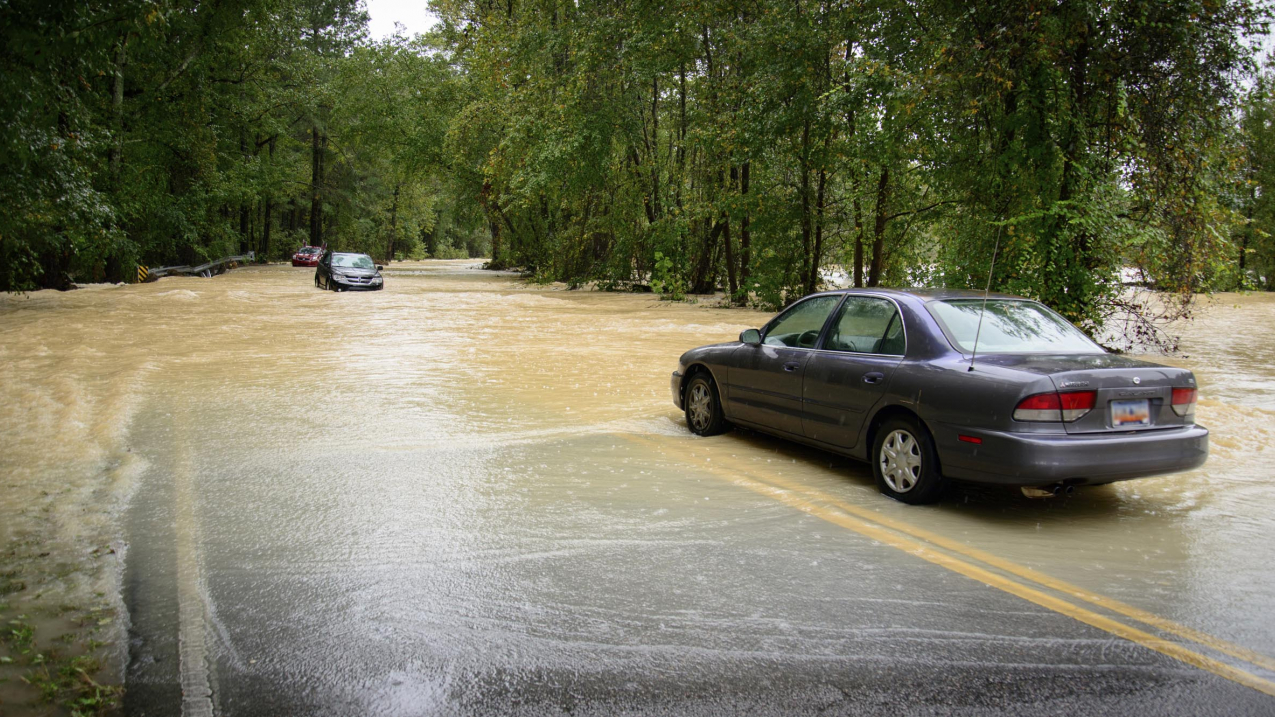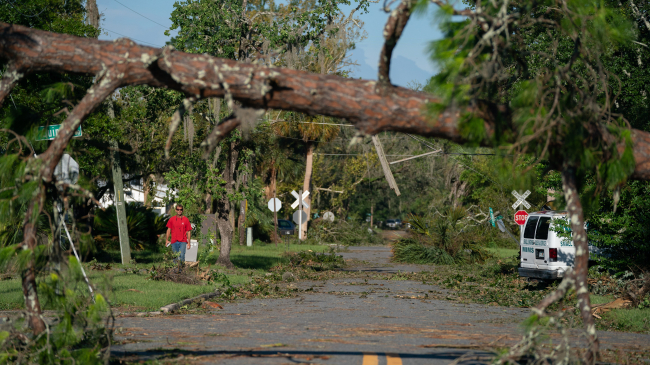New tool hailed as a game changer for predicting floods, informing water-related decisions
NOAA and its partners have developed a new forecasting tool to simulate how water moves throughout the nation’s rivers and streams, paving the way for the biggest improvement in flood forecasting the country has ever seen.

Flooding in South Carolina in 2015. Please remember: Never try to drive through floodwaters. Turn around, don't drown. (Image credit: istock)




